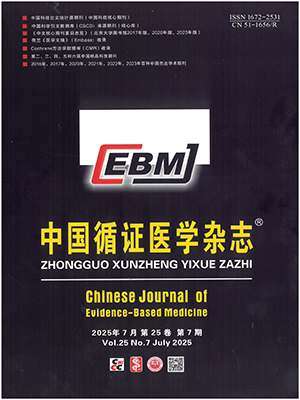| 1. |
Oza VP, Parmar V, Badheka J, et al. Comparative study of postoperative analgesic effect of intraperitoneal instillation of dexmedetomidine with bupivacaine and bupivacaine alone after laparoscopic surgery. J Minim Access Surg, 2016, 12(3): 260-264.
|
| 2. |
赵毅, 康福霞, 胡萍, 等. 泌尿外科后腹腔镜手术后患者疼痛原因的分析及护理. 解放军护理杂志, 2009, 26(3A): 57-58.
|
| 3. |
Eslamian L, Jalili Z, Jamal A, et al. Transversus abdominis plane block reduces postoperative pain intensity and analgesic consumption in elective cesarean delivery under general anesthesia. J Anesth, 2012, 26(3): 334-338.
|
| 4. |
Rosen DM, Lam AM, Carlton MA, et al. Analgesia following major gynecological laparoscopic surgery-PCA versus intermittent intramuscular injection. JSLS, 1998, 2(1): 25-29.
|
| 5. |
Pavlidis TE, Atmatzidis KS, Papaziogas BT, et al. The effect of preincisional periportal infiltration with ropivacaine in pain relief after laparoscopic procedures: a prospective, randomized controlled trial. JSLS, 2003, 7(4): 305-310.
|
| 6. |
姜安丽. 新编护理学基础. 北京: 人民卫生出版社, 2013: 335.
|
| 7. |
中华医学会麻醉学分会. 成人手术后疼痛处理专家共识. 临床麻醉学杂志, 2017, 33(9): 911-917.
|
| 8. |
Chaibou MS, Sanoussi S, Sani R, et al. Management of postoperative pain: experience of the Niamey National Hospital, Niger. J Pain Res, 2012, 5: 591-595.
|
| 9. |
Bruce J, Quinlan J. Chronic post surgical pain. Rev Pain, 2011, 5(3): 23-29.
|
| 10. |
Dewinter G, Vande de Velde M, Fieuws S, et al. Transversus abdominis plane block versus perioperative intravenous lidocaine versus patient-controlled intravenous morphine for postoperative pain control after laparoscopic colorectal surgery: study protocol for a prospective, randomized, double-blind controlled clinical trial. Trials, 2014, 15: 476.
|
| 11. |
Neal JM, Bernards CM, Butterworth JF 4th, et al. ASRA practice advisory on local anesthetic systemic toxicity. Region Anesth Pain Med, 2010, 35(2): 152-161.
|




